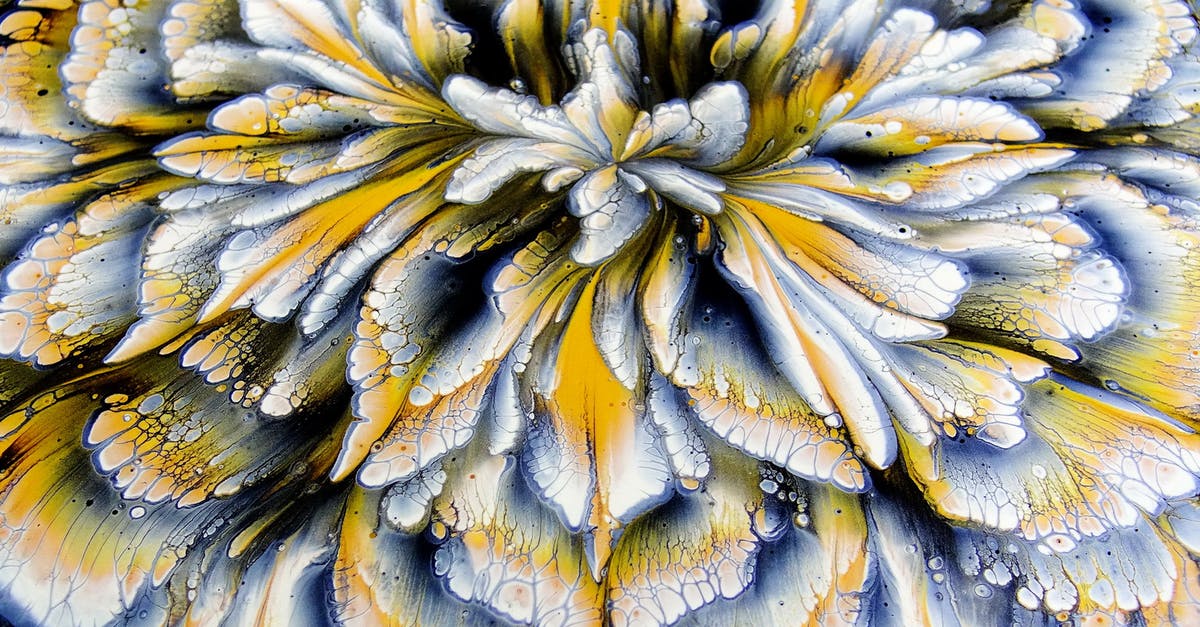Why did my reverse spherification method fail to produce proper spheres?

After much experimentation with reverse spherification this weekend, I completely failed to get an acceptable product. Caviar didn't form properly. In particular, when dropped from an eye dropper, the drops would not penetrate the bath and so did not form proper spheres. The height I dropped from made no difference on the effect. I also had issues with my spheres glomming together in to a single mass if they touched.
I used a 0.5% sodium alginate bath with room temperature Dasani bottled water (which makes no mention of any sort of calcium on the label). I did a 2.5% Calcium Lactate Gluconate in to Peach Looza. I also tried a 0.5% Calcium Chloride solution with the Peach Looza. I tried thickening the peach juice with 0.5% Xanthan gum, but that didn't seem to make a difference.
The gelling process was working, and was fine if I placed the peach in the bath slowly, but I found it impossible to make small caviar with an eye dropper as the peach just sat at the surface. Once they did eventually sink, if there were multiple spheres, they would form a single mass as soon as they touched.
Any suggestions to fix these issues? I wanted to make a large amount and then hold for service, but I was unable to make any at all, really.
Best Answer
I don't have direct experience of this concept, but I do have a couple of comments that might help.
A general comment about your choice of calcium salt:
Gluconates have a side effect - they numb mouth tissue (like taste buds). It is not a drastic effect, but that is why gluconates are the salts of choice for that stuff you put on mouth ulcers ...
I just don't like the idea of eating calcium chloride - I think I would prefer calcium acetate, if you can get it.
About the alginate bath - if the globules eventually sank to the bottom, you are fighting a surface effect, rather than having a density problem.
When I thought of ways to reduce the surface tension, I kept coming back to the idea of adding a little disodium phosphate to the alginate solution. That would also contribute to formation of globules, because it would form an insoluble complex phosphate with the calcium.
WTH, knowing my luck, adding disodium phosphate to the alginate solution could make the effect worse. I'm guessing ...
There is the consideration that, if there is calcium in your water, adding a little disodium phosphate the night before you use it will cause the calcium to precipitate and drop out of the water - then you can pour off the supernatant water, confident that the calcium is staying in the bottle.
Pictures about "Why did my reverse spherification method fail to produce proper spheres?"



Why is spherification not working?
The Basic Spherification process does not work if the main ingredient is too acidic (PH<5). If necessary , the acidity can be reduced by adding sodium citrate to the main ingredient (if watery liquid) or the water used to reduce the main ingredient density (if thick liquid) always BEFORE you add the sodium alginate.What chemical process causes the spheres to form in spherification?
When sodium alginate (dissolved in a liquid) meets calcium chloride (dissolved in water), a chemical reaction happens! Just like when oil is mixed with water, little spheres start to form in the solution, trapping the liquid inside.Why foods that contain calcium must use the reverse spherification method?
Reverse spherification creates a slightly thicker membrane to start off with than basic spherification. This makes it easy to give a domed shape to the surface of the sphere, like an egg yolk. To create more rounded, perfect spheres, frozen reverse spherification is also an option.What liquids work best for spherification?
Basic spherification requires only that you mix an alginate with a liquid and drop that mixture into a calcium bath. But! If your liquid is too acidic (has a pH below 5), your spheres won't form unless you add sodium citrate.Troubleshooting: Spheres Not Forming in Reverse Spherification
More answers regarding why did my reverse spherification method fail to produce proper spheres?
Answer 2
If the liquid is not sinking try adding something to make it heavier. Sugar should work. just like trying to get drinks with layers they need to be of different densities.
Sources: Stack Exchange - This article follows the attribution requirements of Stack Exchange and is licensed under CC BY-SA 3.0.
